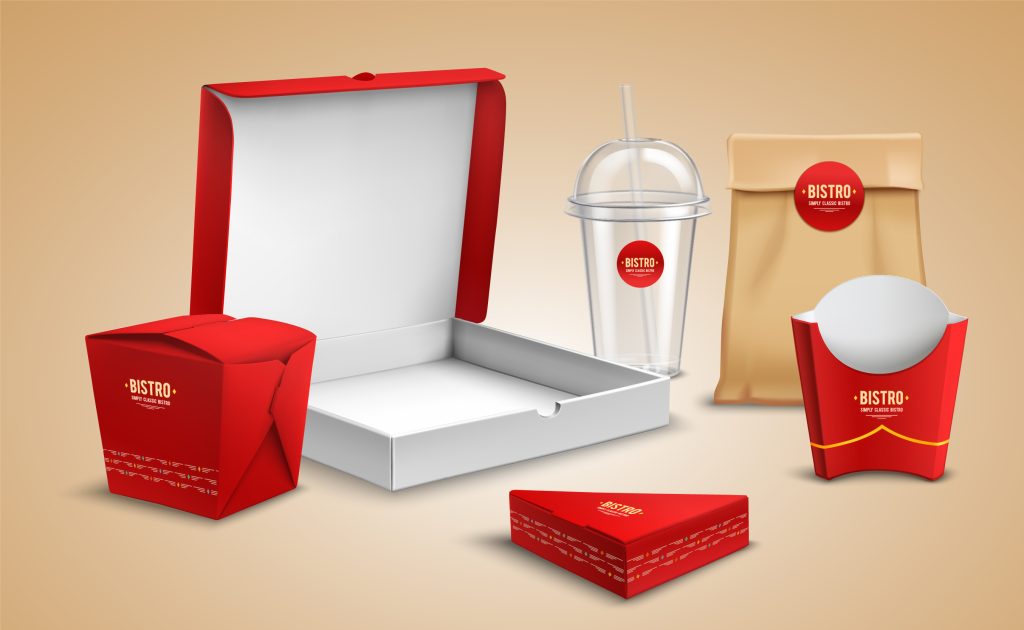The Art and Science of Food Pack Design: Creating a Visual Feast
Food packaging is more than a protective layer—it’s the first point of interaction between a product and the consumer. A well-thought-out food pack design can elevate a brand, enhance customer experience, and even drive purchasing decisions. Here’s a look at the key elements and trends shaping food packaging today.
The Fundamentals of Effective Food Pack Design
- Protection and Preservation: At its core, food packaging must ensure the product stays fresh, safe, and intact. Modern materials like vacuum-sealed packs, laminated layers, and biodegradable wraps combine functionality with innovation.
- Clear Communication: A good design communicates essential information—nutritional facts, expiration dates, and serving suggestions—at a glance. Clarity fosters trust.
- Aesthetic Appeal: Bold colors, creative typography, and engaging imagery help food packs stand out on crowded shelves. An eye-catching design can often be the deciding factor for customers.
Trends in Food Packaging Design
- Sustainability: With consumers demanding eco-friendly solutions, biodegradable and recyclable materials are becoming standard. Minimalistic designs also reduce the need for excess materials.
- Transparency: Windowed packaging that reveals the product inside is a hit with customers who want to see what they’re buying. Clear packaging conveys authenticity and quality.
- Personalized Branding: Unique designs that reflect a brand’s story or heritage create stronger emotional connections with buyers. Local motifs, cultural themes, or playful messaging resonate with audiences.
- Interactive Elements: QR codes, AR integration, or gamified packaging turn food packs into engaging experiences, building customer loyalty.
Designing for Target Audiences
- Premium Market: High-end designs often feature matte finishes, gold foiling, or embossed logos to exude sophistication.
- Health-Conscious Consumers: Earthy tones, clean fonts, and simple designs reflect purity and wellness.
- Kids’ Snacks: Bright colors, cartoon characters, and fun shapes grab attention and encourage repeat purchases.
Challenges in Food Packaging Design
- Balancing Cost and Quality: Sustainable materials and high-end designs can be expensive. Designers must innovate within budgets.
- Regulatory Compliance: Labels must meet legal requirements for safety, allergen warnings, and ingredient disclosure.
- Global Appeal: For international markets, designs must transcend cultural barriers while staying true to the brand.
Future of Food Packaging
As technology evolves, so will food packaging. Smart packs with temperature indicators, edible packaging, and AI-driven design customization are set to transform the industry.
Conclusion
Food pack design isn’t just about holding food—it’s about storytelling, connecting, and building trust. A well-designed package can elevate a simple snack into a must-have item. By staying innovative and customer-focused, brands can create designs that not only protect but also delight and inspire.





